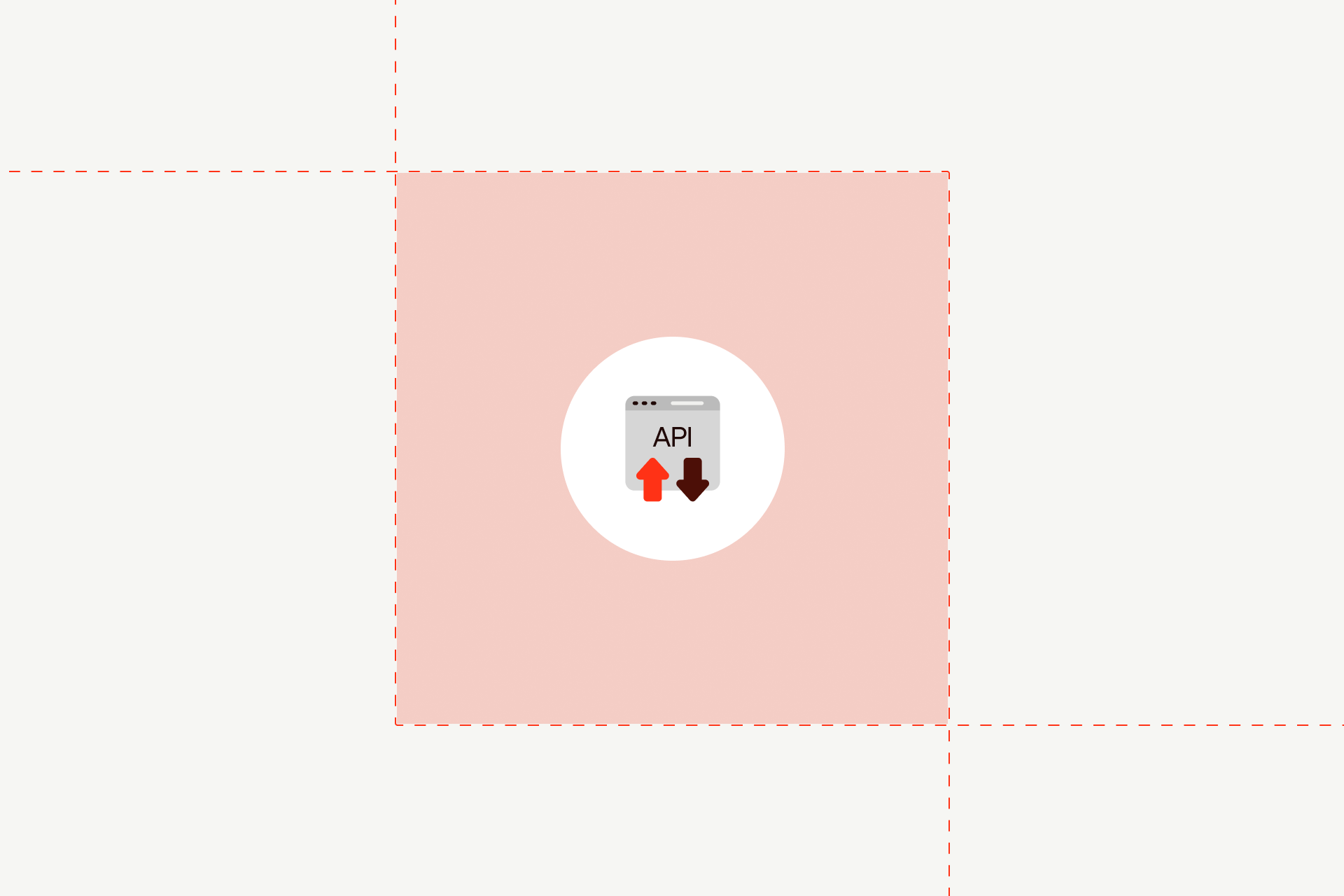What is Webflow - The Hottest Tool For Marketing Websites in 2026

What is Webflow - The Hottest Tool For Marketing Websites in 2026
Before popular programming languages were invented, websites were mainly text-based. Remember those long paragraphs, the almost non-existent design, the illogical navigation, and the confusing search bars?
Yes, before the clean code wave and modern versions of programming languages became part of our website creation, websites were clunky, slow, and unattractive.
Today, we have many options for creating a website, and website builder platforms allow us to test our creative skills and make something exceptional. In the world of website builder platforms, Webflow is undoubtedly the leader.
This article will explore Webflow's capabilities and answer the question of why this website builder is a top choice for marketing B2B SaaS websites.
How Does Webflow Work?
Webflow is a cloud-based CMS platform for building modern, functional, visually appealing websites. It empowers marketing teams to create and manage websites seamlessly, even without technical expertise.
While coding knowledge isn't necessary, Webflow generates clean, responsive code behind the scenes. Every element placed on the visual canvas translates into functional HTML, CSS, and JavaScript. This balance of creative freedom and technical precision makes Webflow ideal for marketing teams aiming to get high-performing websites without IT dependency.
Basic coding knowledge (HTML, JS, CSS) might be helpful for customizations beyond templates or advanced features, and your agency comes into play there. However, the platform provides learning opportunities, enabling growing technical skills while achieving immediate marketing goals.
Webflow operates within two working environments that complement each other perfectly: Webflow Designer and Webflow Editor.
Also, Webflow has one of the best marketing additions, which makes it a website-building tool for producing remarkable digital success.
Let's explore Webflow in more detail!

#1 Webflow Designer
Webflow Designer is where design magic happens; thanks to the drag-and-drop system, we have a clear space to work on. Building websites with Webflow gives us two options:
- Designing websites directly in the Webflow
- Designing websites in other designing programs and exporting them to Webflow (here we have a tremendous Webflow addition in the plugin section - Figma to Webflow plugin)
Both options will give the same result, and the choice will be only a matter of experience and design habits. However, when discussing Webflow Designer, we must praise its intuitive design space, where almost everyone can find its path even if they haven't moved from Paint.
This feature is why Webflow stands out as a premier website-building tool for marketers who want greater control over their websites during the initial launch phase and beyond.
Other essential aspects of Webflow Designer include the collaborative design option, which allows marketing members to collaborate in real-time on designing a website with their Webflow agency.
In both ways, a collaborative design streamlines and makes the website-building curve more efficient than ever. Another feature of Webflow Designer worth mentioning is a code exporting option, which allows designers to export and save them for future reuse.
#2 Webflow’s Collaboration Features
Webflow is known for its advanced collaboration features that streamline workflows within the internal team and between the Webflow agency and marketing team. Webflow had a user-first approach in mind, making the collaboration between teams flawless, easy, and exciting.
Some key features of Webflow’s collaboration include page branching for simultaneous editing, robust roles, permissions management, and a detailed site activity log to track changes. With these tools, teams can ensure editing and publishing efficiency without going back and forth during the process.
Also, Webflow provides enterprise-level support with dedicated training, customer success management, and compliance with stringent security standards. With this focus on collaboration and scalability, we have experienced great innovation in workflows.
{{cta-card}}
Webflow CMS
Webflow CMS is a powerful content management system that many users love. In fact, for some companies, Webflow’s CMS is the key reason they decided to switch to Webflow.
This CMS structure allows users to manage the website and content with ease without constant reliance on technical support. We can say that Webflow’s CMS is an ideal tool for marketing teams that want to be in charge of the website in the post-launch phase.
How does Webflow CMS work?
Webflow CMS organizes content into collections made of field items. This gives us reusable templates that are important for consistent workflow.
For example, once a blog template is created in Webflow CMS, it can cut down the publishing process time for new articles – you already have a layout, so there’s no need to recreate it.
This CMS’s flexibility and scalability make Webflow ideal for managing dynamic and complex websites.
Beyond reusable templates, Webflow CMS supports dynamic content, allowing marketing teams to update information in one place while reflecting changes across the site.
Webflow for Marketing
Once the website is designed and published, no marketer wants the dust to fall over it, so naturally, there will have to be some actions taken to attract customers.
This process can be highly hasslesome if you don't have good marketing support from the website-building platform you've chosen. But this won't be the case with Webflow. Webflow is an excellent option if you invest marketing efforts into your website, from UX to SEO.

With Webflow's possibilities, we get exceptional websites that will be very pleasant to visitors.
Having in mind that a good user experience is one of the critical reasons that can turn visitors into paying customers, we've highlighted two main reasons why Webflow is suitable for marketing:
SEO-friendliness
Having a healthy SEO score is essential if you want to save your website's vitality, and with Webflow, you can sleep tight because you are covered (even if you migrate to Webflow!) on both the off- and on-page side. 301 redirects, meta elements, structured data, and an internal linking system within Webflow make this a perfect SEO toolbox.
UX-friendliness
Webflow's responsive design, which automatically adapts to all screen sizes, is one of the best things you can offer to your website's visitors. We also mention the fast page loading speed of Webflow websites, which could be one of the decisive indicators of whether someone will stay on your website.
Webflow Apps and Integrations
Webflow's impact on the website's marketing is expanding its reach with some of the most popular marketing tools, apps, and software.
The secret is in Webflow's in-built integrations of diverse plugins and apps that impact the website's marketing outcomes. Integrating tools within the Webflow website creates a perfect environment that blends a designed structure with the best we can get from the marketing world.
Those tools can help you reduce the time spent on automatic tasks, connect your website to catch leads and traffic, analyze user behavior, track your SEO score, etc.
The most popular Webflow integrations and plugins are HubSpot, Zapier, Unsplash, Google Analytics, Slater, Finsweet, Semflow for SEO, and more.
Webflow for E-commerce
In Webflow, you can build standard websites, such as portfolios, blogs, business websites, and e-commerce websites. When we build an e-commerce website in Webflow, we experience the beauty of flawless code combined with appealing design, whether custom or template-based.
Webflow offers standard e-commerce options such as creating multiple pages for your online store, adding descriptions and interactive buttons, posting products (the product posting limitation depends on the plan you choose, but read more about it in the Webflow pricing section), and updating everything when you want.
Once again, we witness a seamless design process with a drag-and-drop interface and extensive webshop features that we can use for our e-commerce website.
Like standard Webflow websites, e-commerce websites are SEO-friendly, can integrate with marketing tools for leveling up sales, and have scalable options, supporting your e-commerce website's growth.
Webflow Pricing
Webflow provides four standard pricing plans along with a customizable Enterprise plan, allowing you to choose the best option based on your website's specific needs.

Let's explore all of them:
- Starter plan—The Starter plan is a free Webflow plan that allows you to explore the Webflow environment and try some of the available functionalities.
- Basic plan—This plan is a good option if you want to build a website without CMS or e-commerce requirements. Basic plan pricing is $18/mo billed monthly or $14/mo billed yearly.
- CMS plan—The CMS plan is suitable for websites with regular content updates and edits, such as blog websites. The CMS plan pricing starts at $29/mo billed monthly and $23/mo billed yearly.
- Business plan—A Business plan is recommended for websites that expect higher traffic (from 200,000 to 1,000,000). The pricing ranges from $49/mo billed monthly to $39/mo billed yearly.
Webflow Enterprise Plan
The Webflow Enterprise Plan is another option for using Webflow. It's the best plan for companies with specific and advanced web needs.
This plan is the best choice for large organizations that require website essentials, but only on a much higher level.
Webflow Enterprise plan offers:
- Advanced customization and scalability
- Enterprise-level content management
- Extensive CMS items
- High levels of security
- Compliance with GDPR and WCAG standards
- Unlimited seats and custom permissions
With such a combination of features, the Webflow Enterprise plan is a perfect choice for companies that simply want more. From a top-performing website to high traffic and outstanding developer independence, Webflow Enterprise is made for big players in the digital world.
Regarding pricing, Webflow Enterprise has a custom pricing option ready to meet complex business needs. Contact Webflow directly to find out more about Webflow Enterprise cost and its features.
E-commerce Pricing Plans
When it comes to Webflow E-commerce website pricing, Webflow offers three plans:
- Standard—This basic plan for e-commerce websites has a 500-item limit, and CMS plan features. Pricing starts at $42/mo monthly and $29/mo yearly.
- Plus - E-commerce plan for higher volume businesses, 5000 e-commerce items, and Business plan features, with pricing going from $84/mo billed monthly and $74/mo billed yearly.
- Advanced—This plan suits larger businesses with 15k e-commerce items and Business plan features. Pricing starts at $235/mo billed monthly and $212/mo billed yearly.
Get Started With Webflow!
For medium and enterprise B2B SaaS companies, Webflow is more than a website builder—it’s a strategic marketing platform. Its ability to balance creative freedom, technical precision, and marketing optimization ensures a strong online presence.
With Webflow, marketers can break barriers, deliver exceptional user experiences, and drive measurable business results—no coding expertise is required.
Additionally, SEO friendliness and phenomenal options that can help your website be visible in the search ranking make Webflow a unique solution for a powerful online presence that is simply a must.
To start your Webflow journey, contact Shadow Digital! Our team is ready to deliver an exceptional website that will meet your business goals.

Let's Build Your Webflow Website!
Partner with experts who understand your vision. Let’s create a converting user experience and build your website for future growth.



